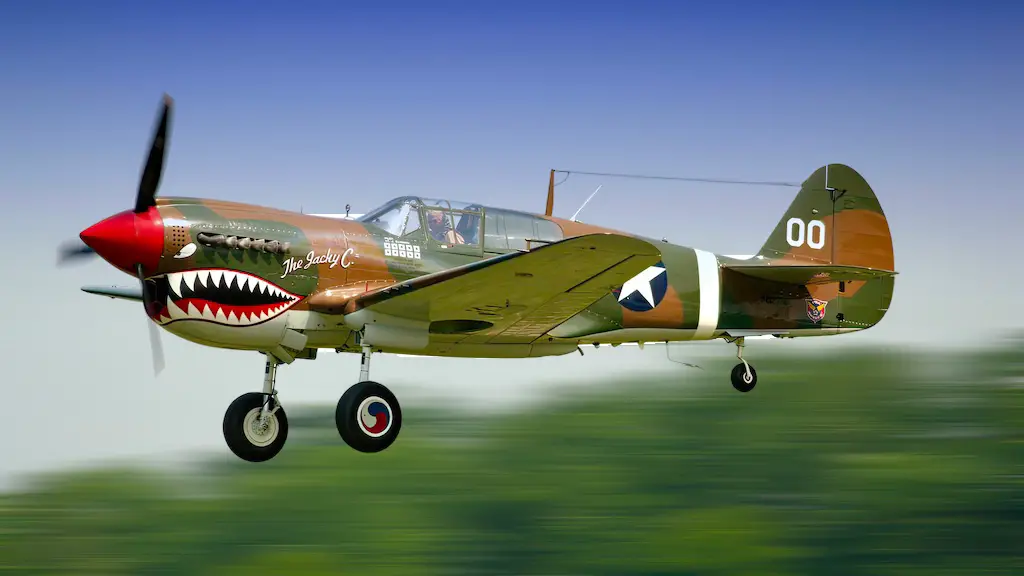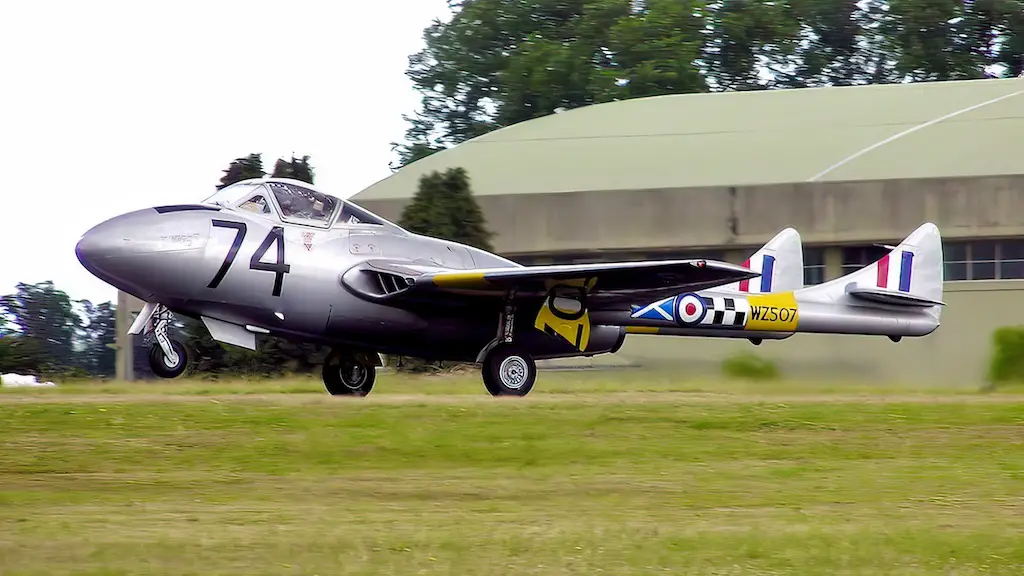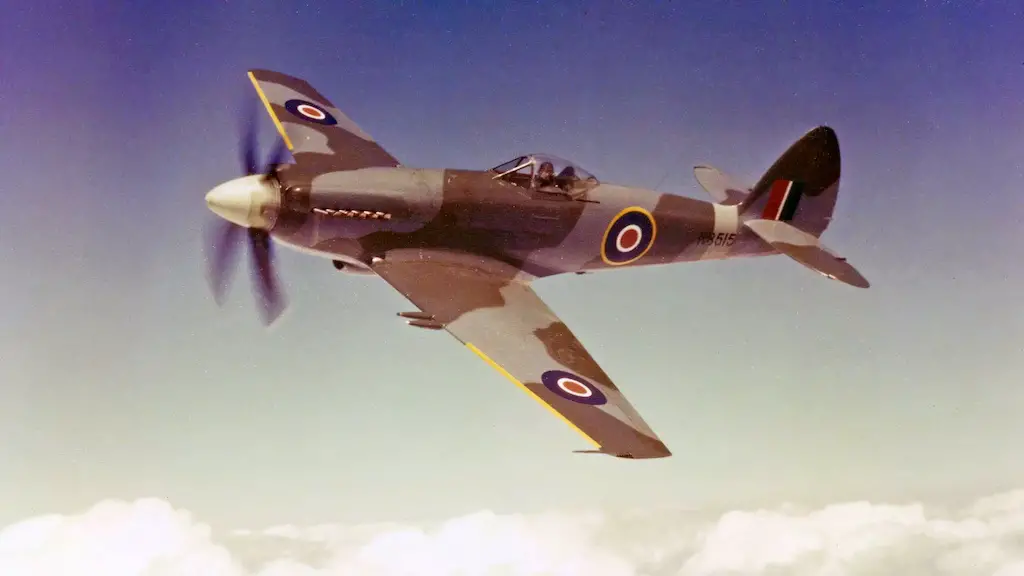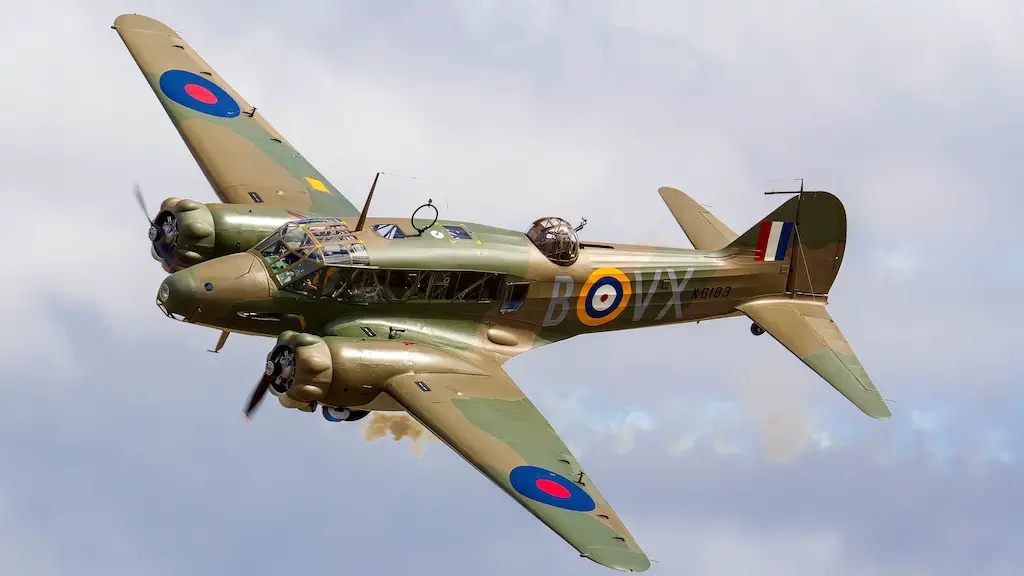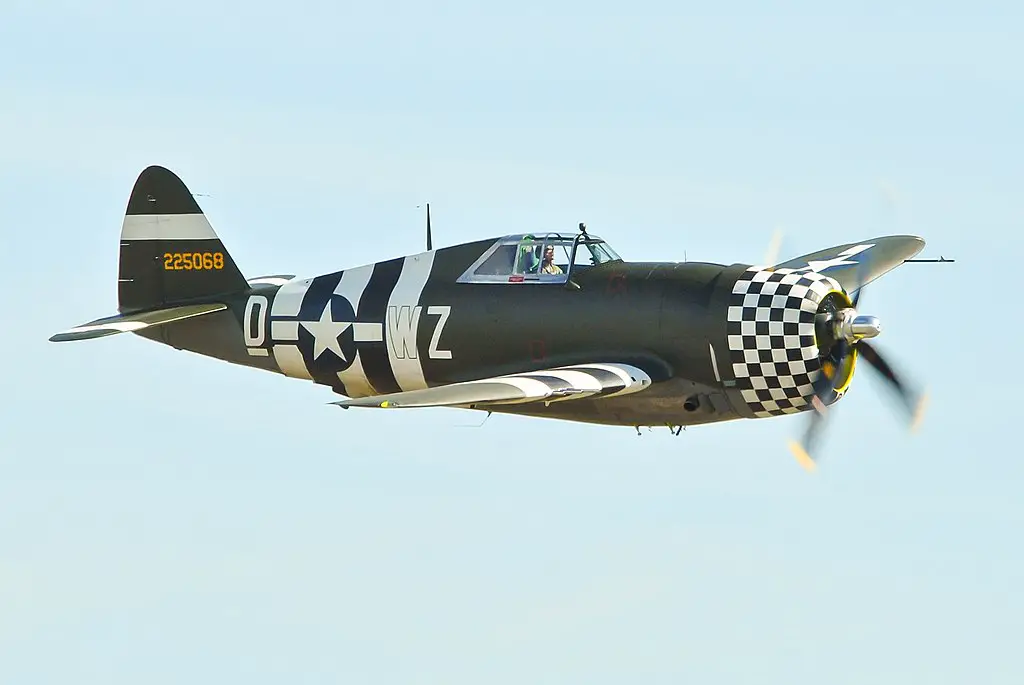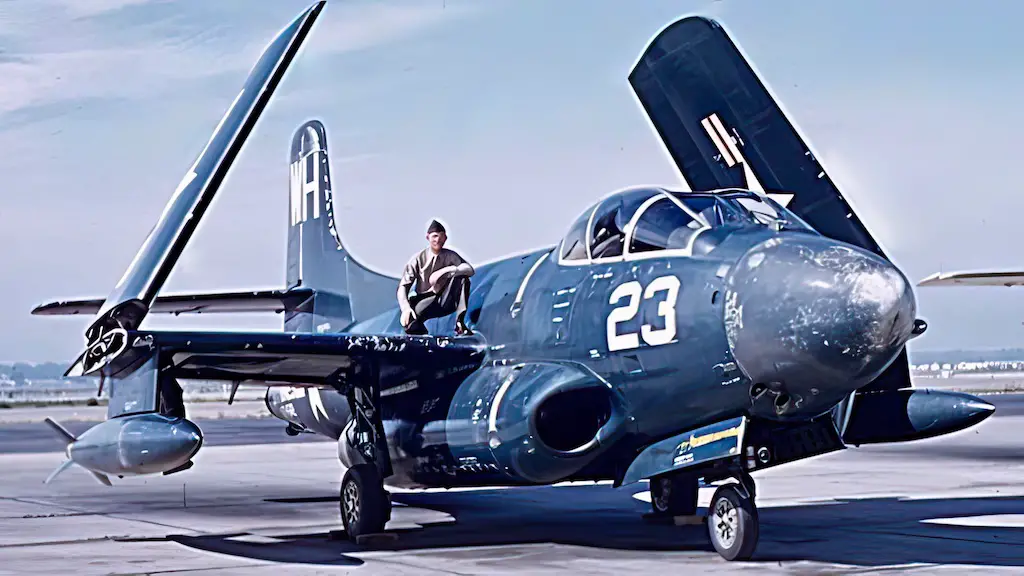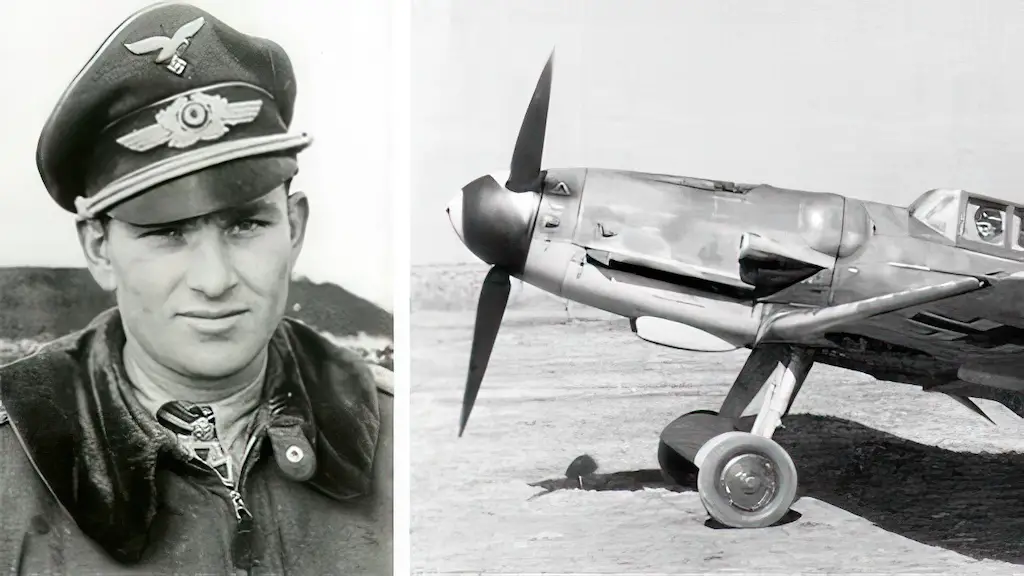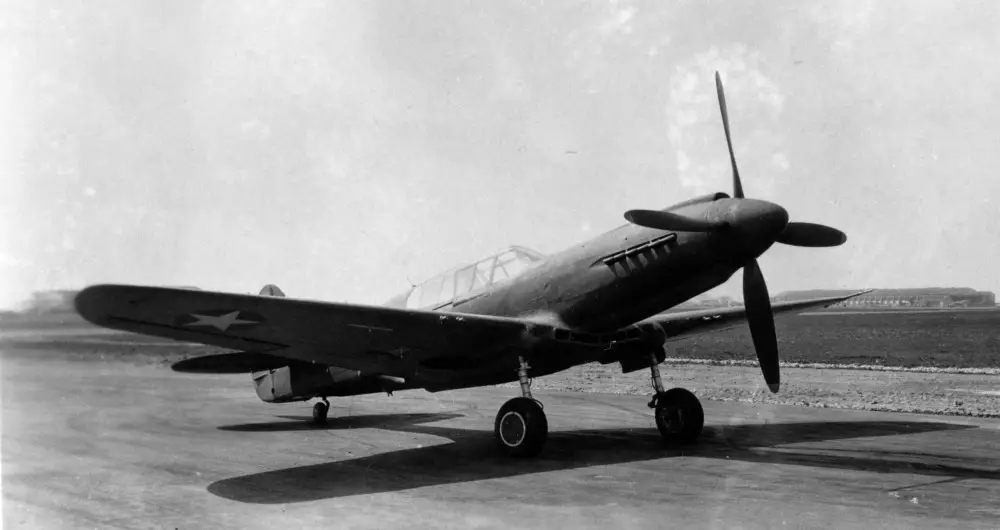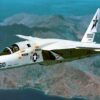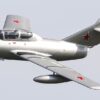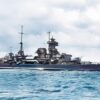During World War II, the P-40 Warhawk emerged as a crucial fighter aircraft for several Allied forces. With its distinctive shark-like profile, the Warhawk gained recognition for its resilience and versatility in combat. Developed by the Curtiss-Wright Corporation, the P-40 became an icon of aerial warfare and left an indelible mark on aviation history. In this article, we delve into the characteristics and contributions of the P-40 Warhawk during World War II.
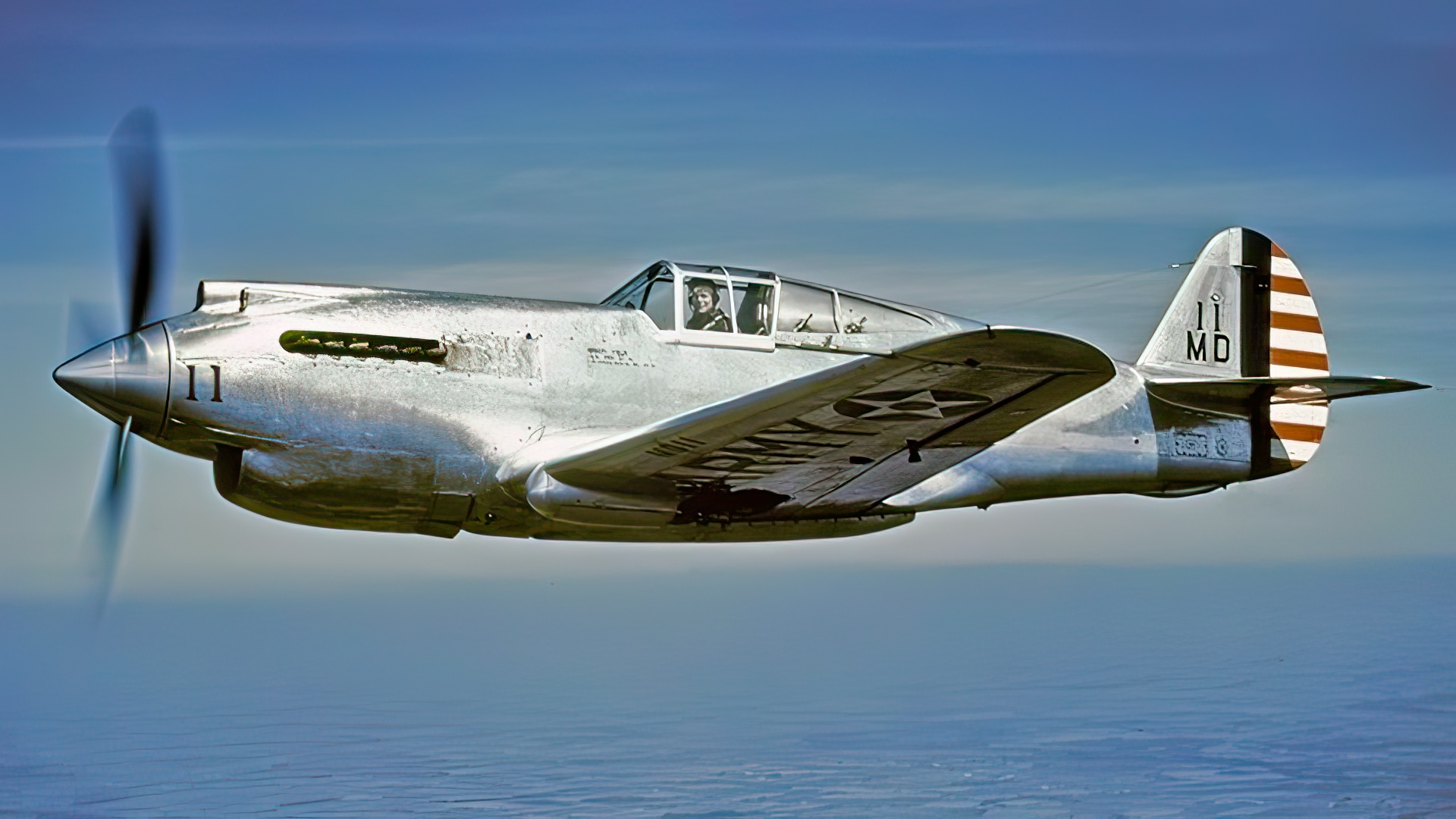
Design and Features
The P-40 Warhawk boasted a robust design that made it suitable for various combat scenarios. Equipped with a single-seat cockpit, it accommodated a skilled pilot and showcased a range of innovative features. Its all-metal construction and rugged airframe provided exceptional durability, allowing it to withstand considerable damage during intense battles. Powered by an Allison V-1710 liquid-cooled V12 engine, the P-40 delivered a top speed of around 360 mph and a service ceiling of approximately 30,000 feet. Armed with six .50-caliber Browning machine guns, the Warhawk possessed significant firepower, enhancing its effectiveness as an air-to-air combat machine.
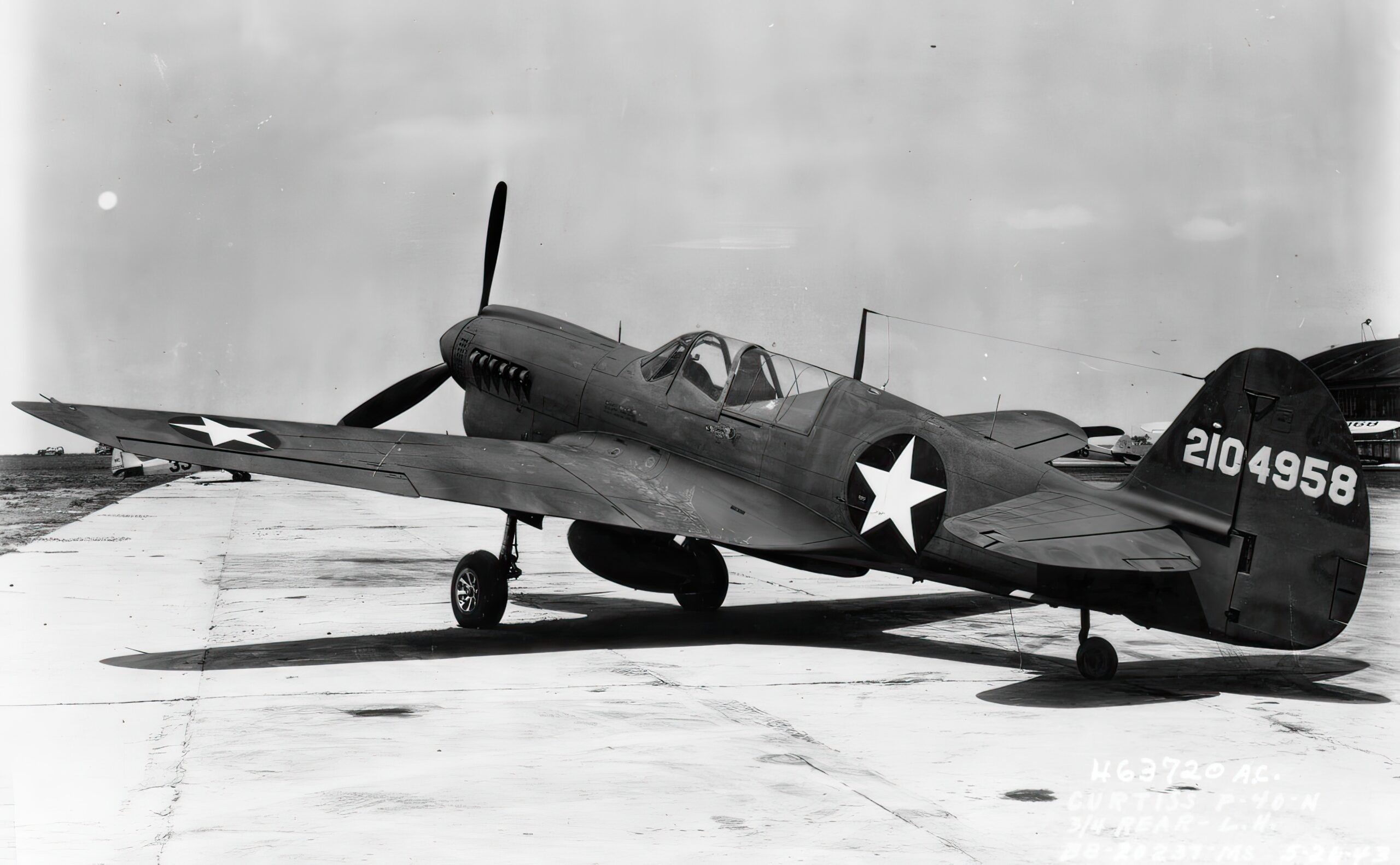
Operational History
Entering service in 1939, the P-40 Warhawk saw action in multiple theaters of World War II. It played a crucial role in the defense of China, North Africa, and the Pacific. In China, the American Volunteer Group, known as the “Flying Tigers,” employed the P-40 to great effect against Japanese forces. The Warhawk’s impressive dive speed and dive-bombing capabilities made it particularly effective in ground attack missions. The P-40 also engaged in dogfights against enemy fighters, thanks to its firepower and agility.
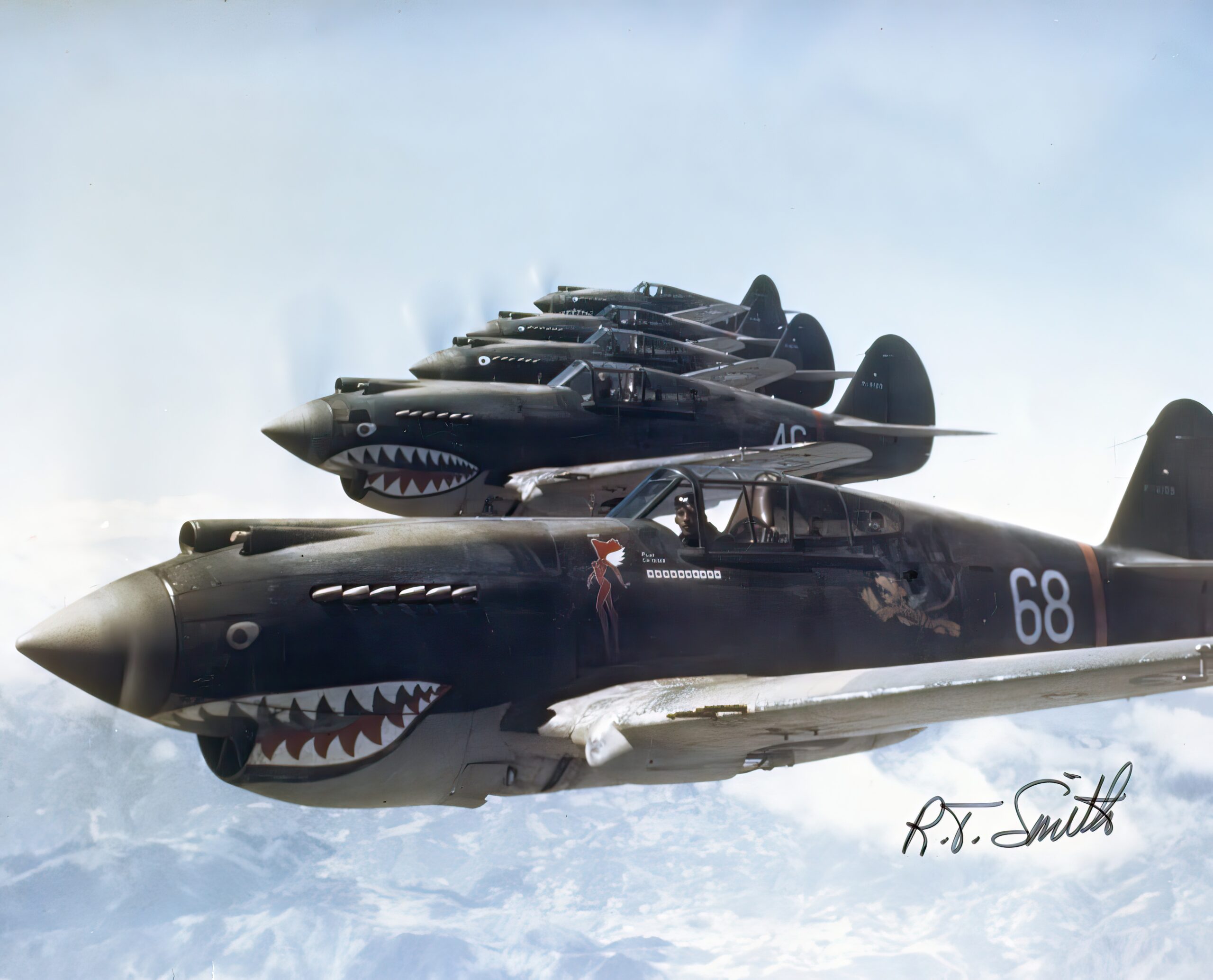
One of the most significant contributions of the P-40 Warhawk was its role in the North African Campaign. Flying with distinction under British command, the Warhawk played a crucial part in stopping Axis forces and supporting ground troops. Though outmatched by some enemy aircraft in terms of speed and maneuverability, the P-40’s sturdy design and firepower compensated for these limitations, making it a formidable opponent.
Legacy and Impact
Despite its mixed reputation compared to more advanced fighters, the P-40 Warhawk left an enduring legacy. It served as an instrumental aircraft during World War II, contributing to pivotal battles and campaigns. The Warhawk’s versatility, coupled with its affordability and availability, made it an essential component of Allied air forces.
Moreover, the P-40 Warhawk became an emblem of American determination and courage. Its distinctive nose art and shark-like appearance became iconic symbols of the era. Pilots who flew the P-40 often developed deep emotional attachments to their aircraft, forging a sense of camaraderie and inspiration.
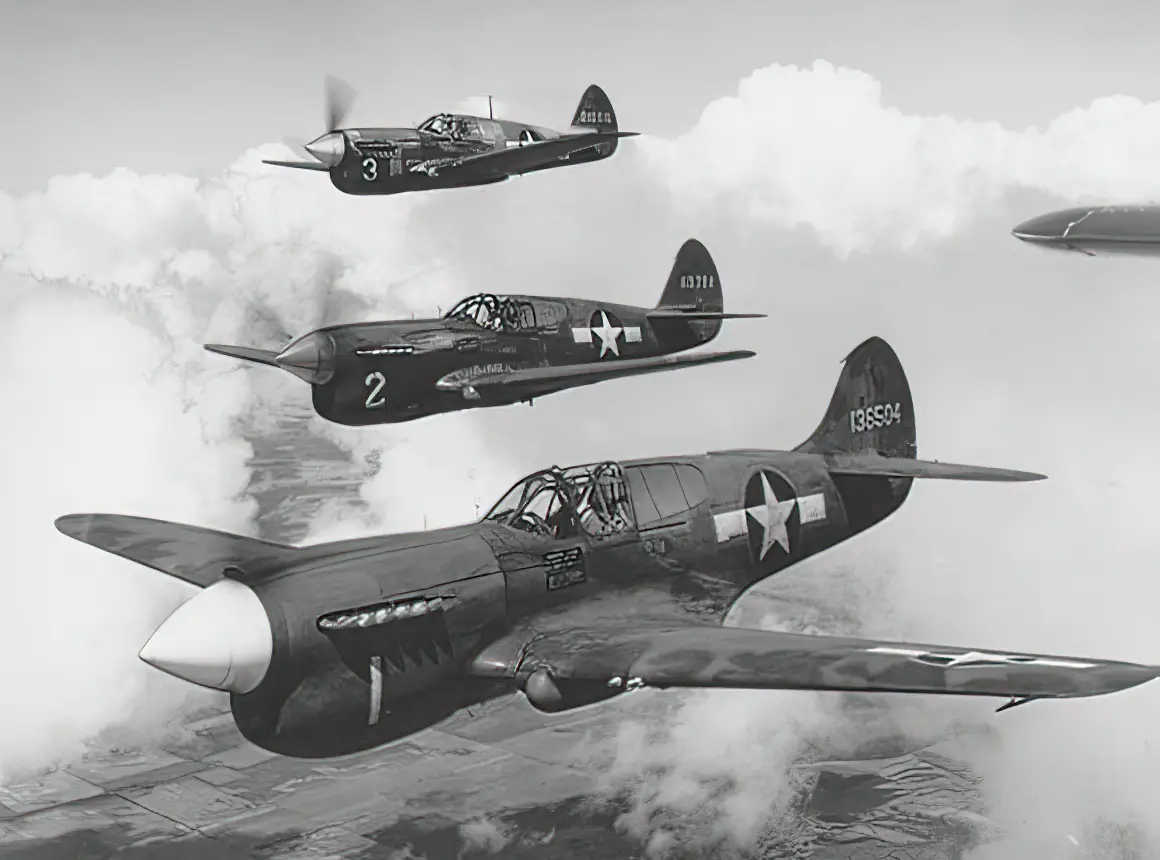
Conclusion
The P-40 Warhawk’s contribution to World War II cannot be understated. Its ruggedness, firepower, and adaptability made it a trusted companion in the skies, supporting ground troops and engaging in dogfights with enemy aircraft. Though it faced more technologically advanced adversaries, the Warhawk’s resilience and effectiveness remain notable. As an enduring symbol of the Allied effort, the P-40 Warhawk continues to hold a special place in the annals of aviation history.

